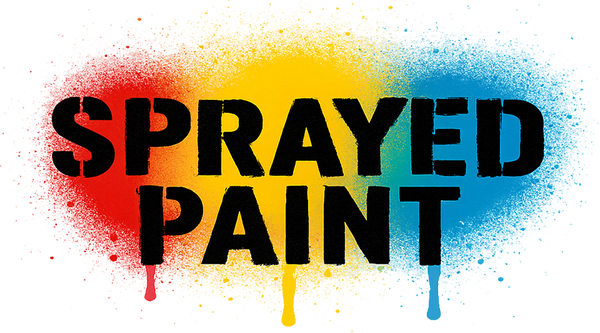Artwork Description
Shoplifters Welcome Silkscreen Print by Shepard Fairey- OBEY x Jamie Reid Hand-Pulled Screen Print on Cream Speckletone Art Paper Limited Edition Pop Street Art Artwork.
2012 Signed & Numbered Limited Edition of 450 Artwork Size 18x24 Created to Commemorate Reid's Ragged Kingdom Exhibition, March 16 to April 14, 2012. Shows a Hand Removing Laws From A Brief Case Infering Wall Street Money Regulations.
"Jamie has been one of my biggest influences, and I'm honored that we worked on some collaborative images for the show. The new images deal with the mutual interests of Jamie and I, addressing the timeless problems of corruption and wealth inequality, but tie into the current themes of Occupy Wall Street and the dead end of fossil fuel consumption." -Shepard Faire.y
Shepard Fairey's Collaboration with Jamie Reid in Street Pop Art
The "Shoplifters Welcome Silkscreen Print" is a remarkable intersection of street pop art and political commentary, created by the influential Shepard Fairey in collaboration with Jamie Reid. This limited edition hand-pulled screen print on cream speckletone art paper is a testament to the potency of visual art as a tool for social critique. Released as part of Jamie Reid's Ragged Kingdom exhibition from March 16 to April 14, 2012, this artwork resonates with anti-establishment and dissent themes common in street pop art and graffiti artwork. Shepard Fairey, renowned for his OBEY campaign and the iconic Obama "Hope" poster, has a history of infusing his work with sharp political insights. The artwork in discussion depicts a hand removing laws from a briefcase, a direct inference to the deregulation of Wall Street and the unshackling of financial institutions from legal constraints. This visual metaphor conveys the message of wealth inequality and corruption, both highly relevant to the zeitgeist of the early 2010s, especially in the Occupy Wall Street movement.
Artistic Expression of Sociopolitical Issues
The collaborative nature of this artwork, involving both Shepard Fairey and Jamie Reid, underscores a shared commitment to addressing pressing societal issues through art. Fairey's statement about the collaboration highlights their mutual interest in tackling the "timeless problems of corruption and wealth inequality," themes that are also deeply embedded in the philosophy of street pop art. The artwork becomes a canvas for discourse, echoing the sentiments of public protests and movements that call for justice and economic reform. In creating the "Shoplifters Welcome" piece, Fairey and Reid tap into the legacy of street pop art's ability to reach a broad audience. Street pop art, often found in public spaces, speaks directly to the masses, unfiltered by the gatekeeping of traditional art venues. Though housed within the confines of an exhibition, this print carries the spirit of street art by being a piece of graffiti artwork that one can own—a symbol of both rebellion and commodification. The limited edition nature of the print, being one of only 450, adds a layer of exclusivity to a piece that speaks about wealth disparity, creating an exciting tension between the artwork's message and its status as a collectible item. Each print, signed and numbered by Fairey, is a piece of art and a statement about the artist's role in society—as an observer, a critic, and a participant in the cultural dialogue about power and money. This artwork, sized 18x24, encapsulates a period of intense socio-political activism, serving as a historical document that captures the essence of the early 2010s. The stark imagery, reminiscent of propaganda art, is both a nod to the past and a commentary on the current state of affairs. It draws a parallel between the actions on Wall Street and the broader issues of regulatory oversight and the power imbalance, which remain relevant in discussions about the economy and governance. In the larger context of street pop and graffiti artwork, Shepard Fairey and Jamie Reid's "Shoplifters Welcome" print is a powerful reminder of art's role in society. It bridges the gap between aesthetic appeal and social commentary, functioning as a visual manifesto that calls for reflection and action. The piece is not merely an artwork to be viewed but a conversation starter, a call to arms, and a historical artifact.

